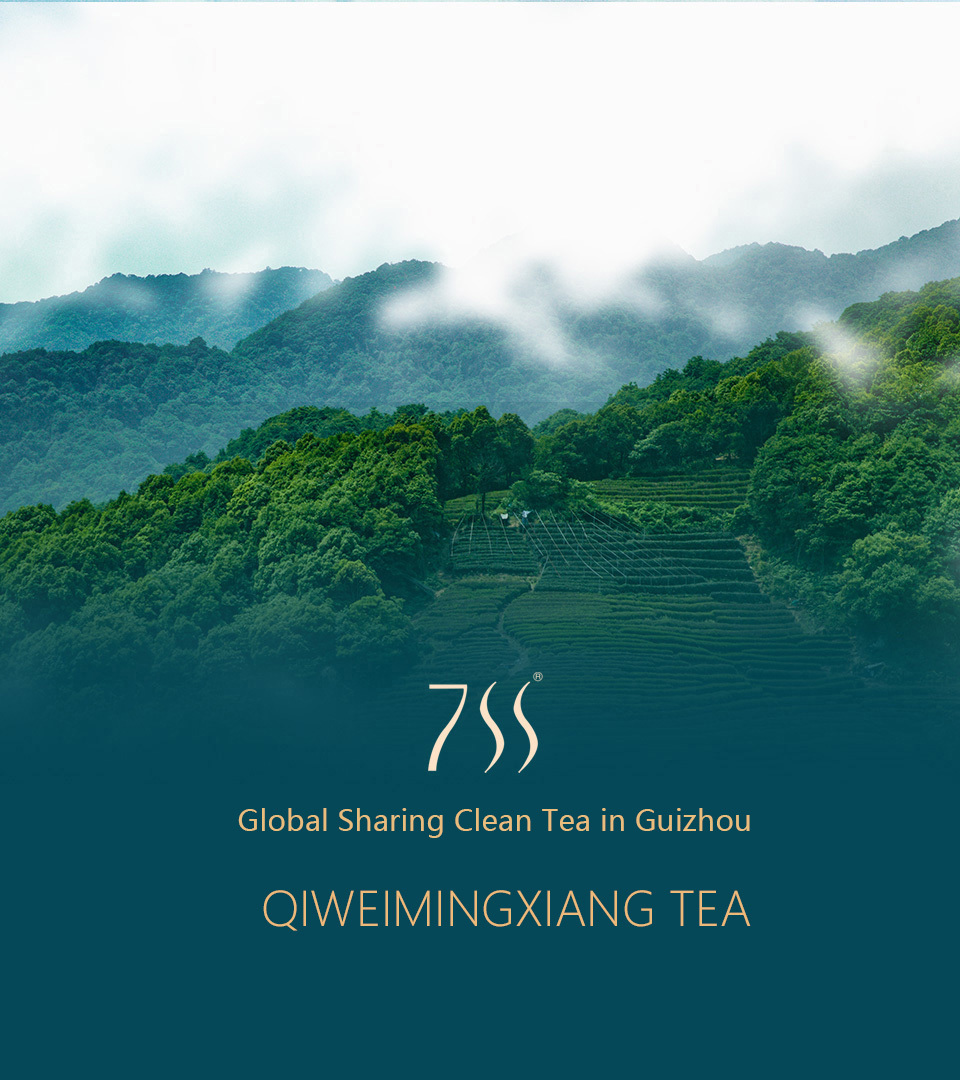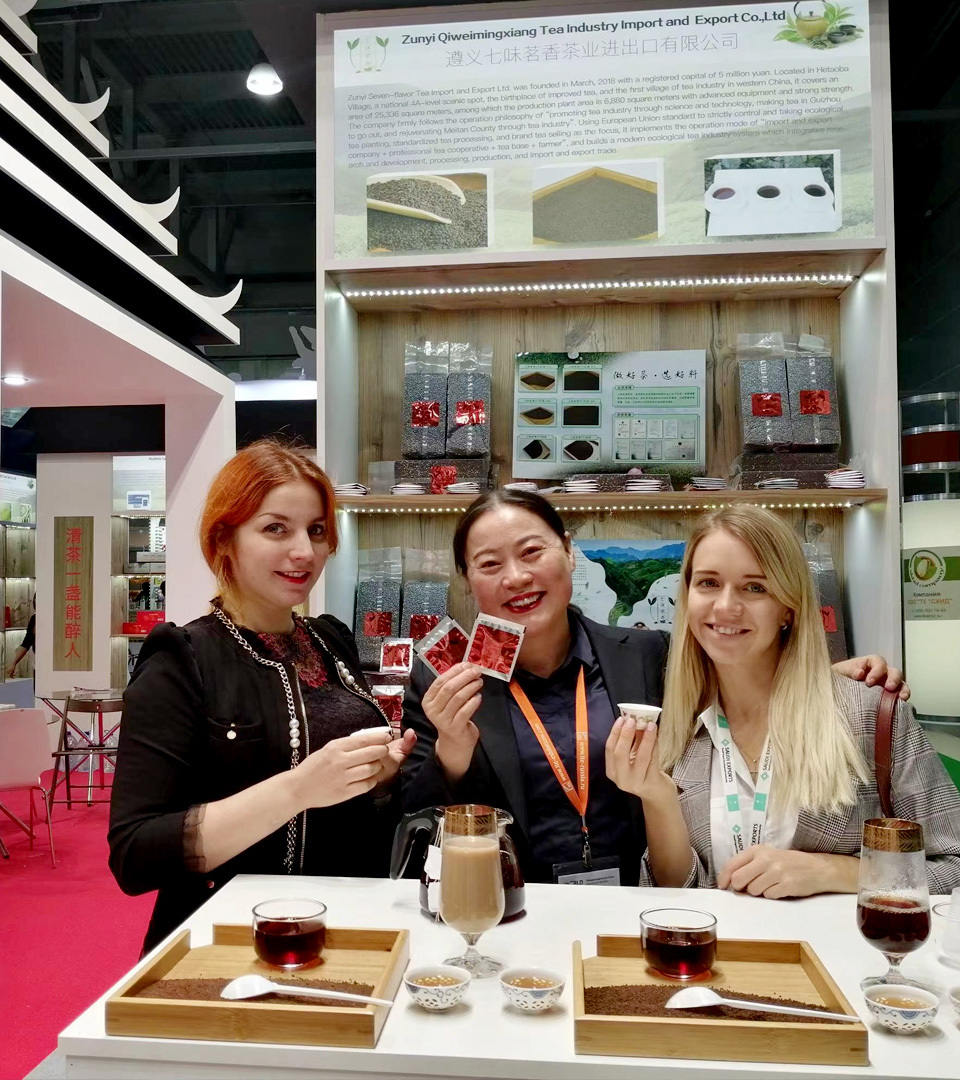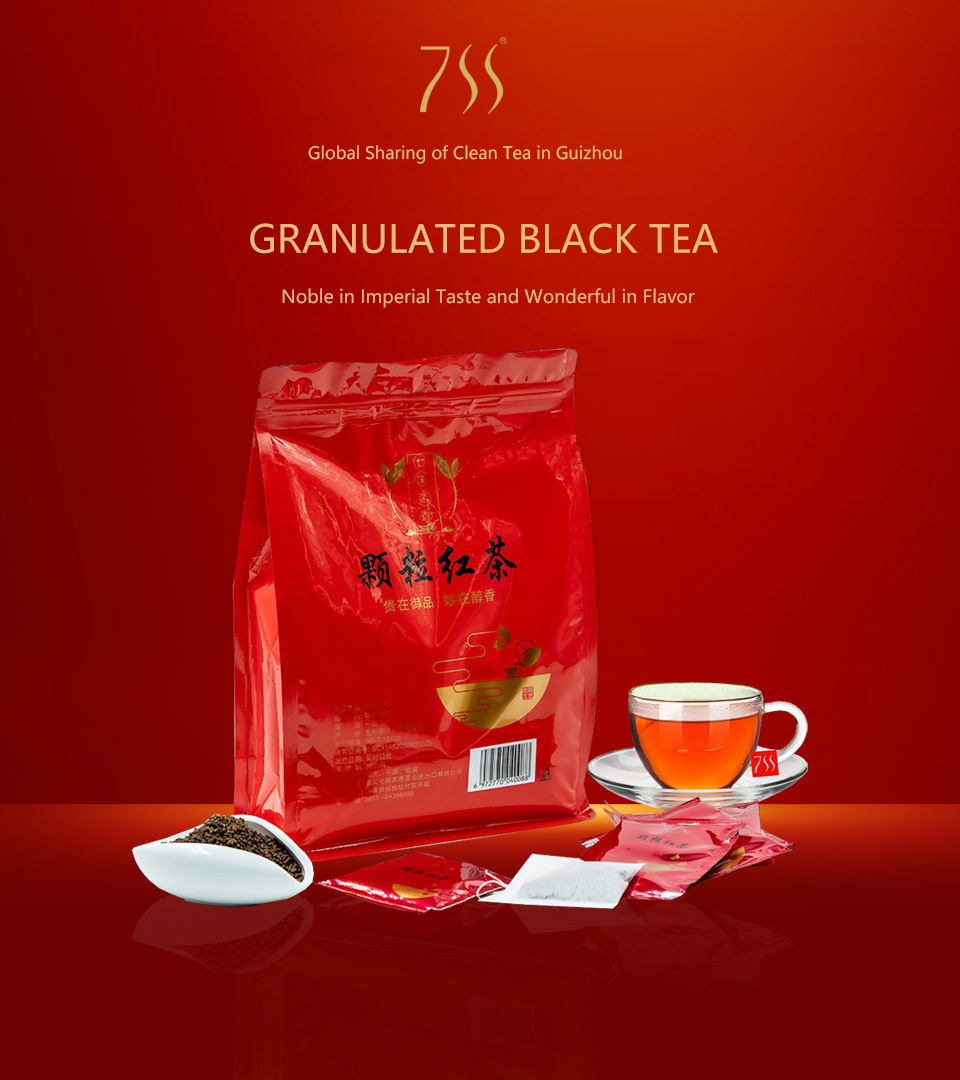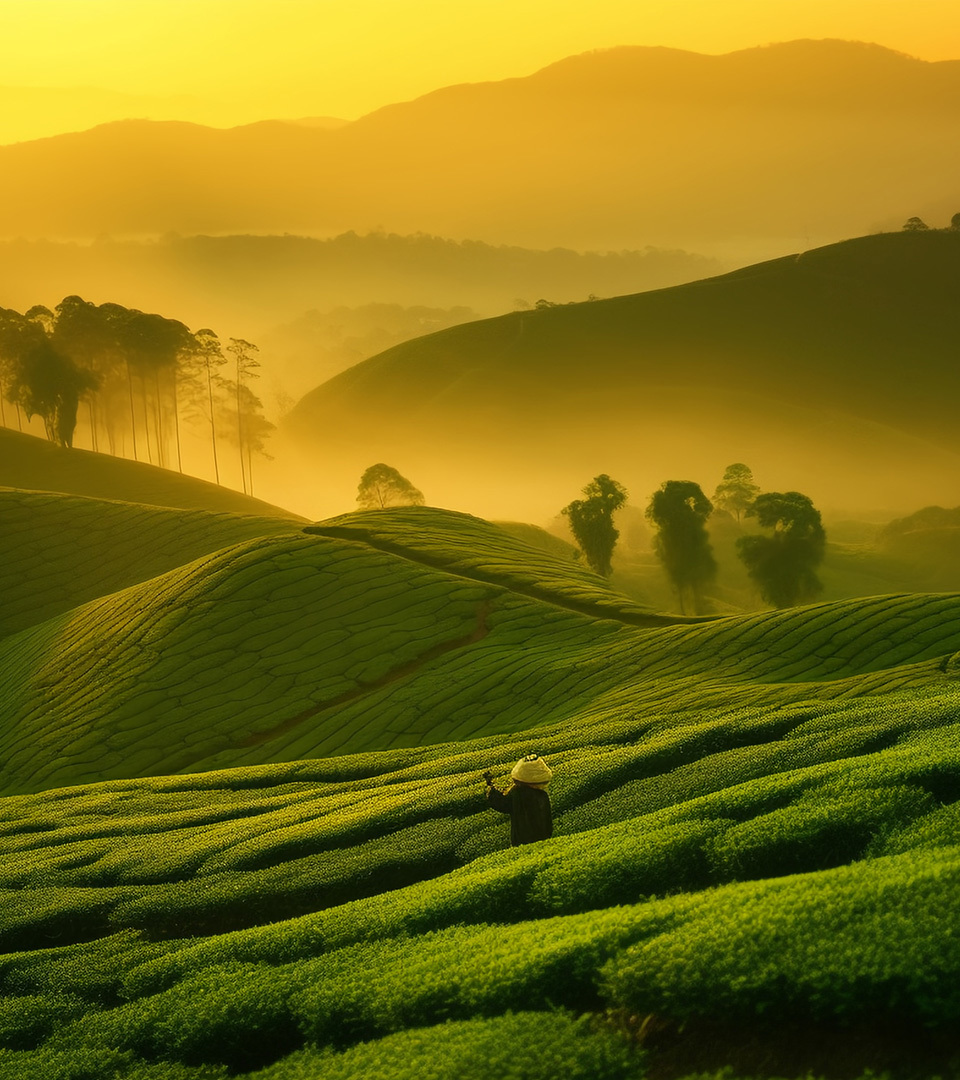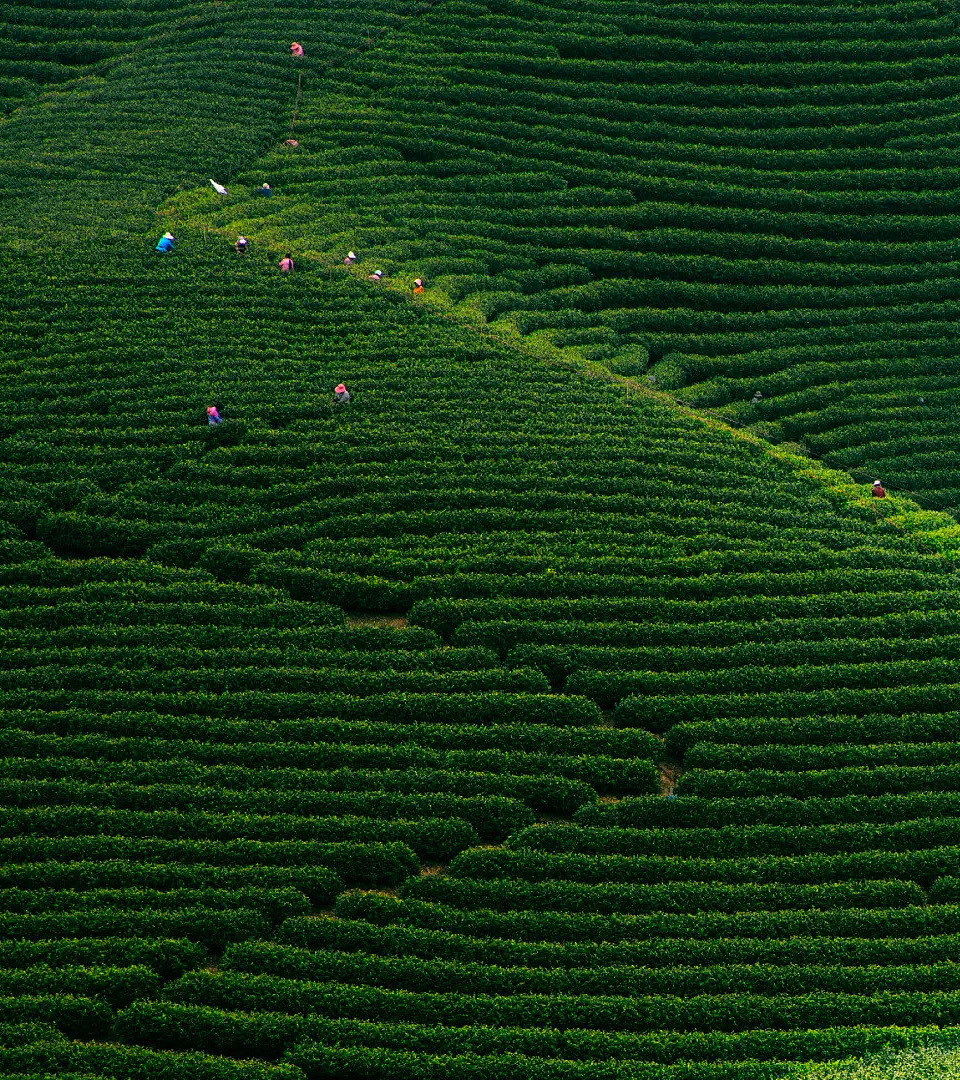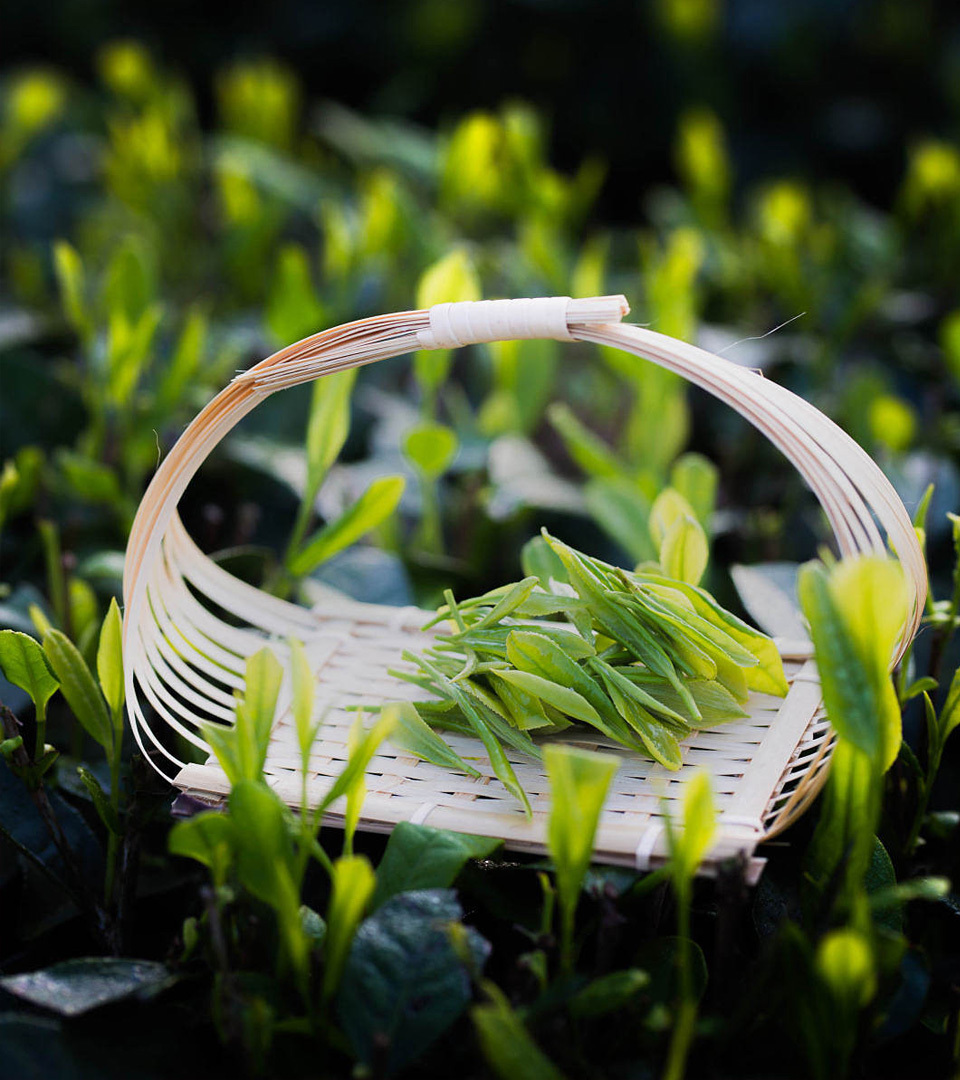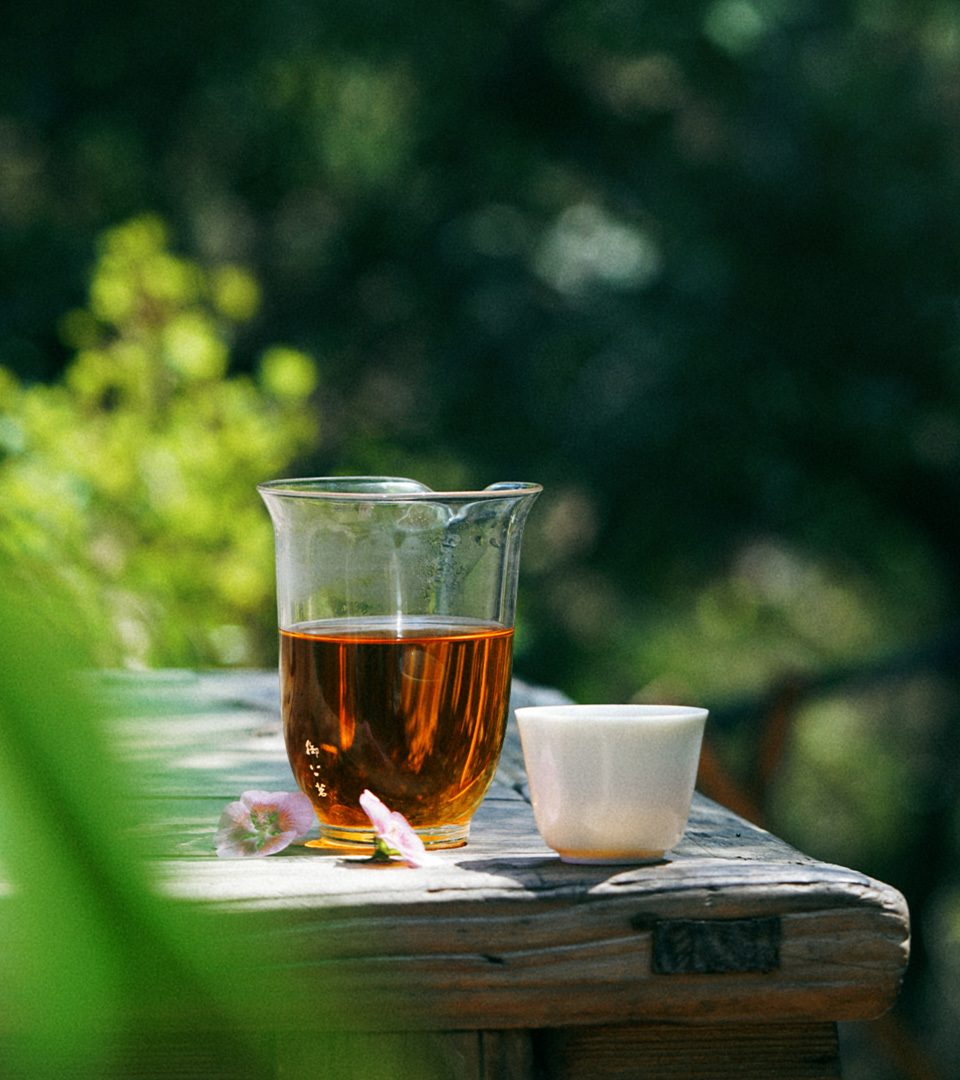Tea has been passed down from ancient times to the present day and has developed into an irreplaceable part of Chinese life. It is also an indelible part of the vast cultural history of China. From the moment it first entered people's lives, tea has established its position in people's minds, and tea culture is becoming more and more deeply rooted. Let's cross the long river of history and savor the development of tea culture in detail.

Enlightenment - Tea Culture Before the Three Kingdoms
At the beginning of tea's discovery, before the Three Kingdoms period, tea appeared in people's lives due to its medical value. Therefore, when it comes to tea, it is bitter, meaning "eating it for a long time benefits one's thinking". At this time, tea can only be used to refresh and refresh people with its bitter taste, and to treat mental fatigue. During the Western Han Dynasty, the origin of tea was named "Chaling", which is now the Chaling area in Hunan.

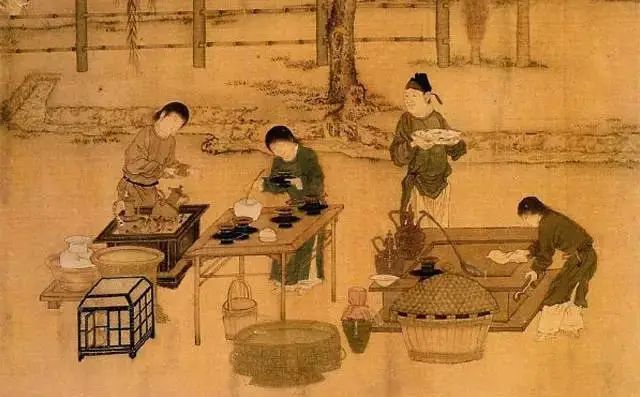
Sprouts - Tea Culture in the Jin Dynasty and Northern and Southern Dynasties
The sprouting of tea culture mainly stems from the rise of tea among literati and literati. During the Jin and Northern and Southern Dynasties, due to the formation of the feudal system, emperors and numerous nobles gathered together and took pride in luxury and fighting for wealth. In this social atmosphere, many literati and literati developed a sense of "integrity" and proposed the idea of "maintaining integrity", which led to the act of Lu Na treating guests with tea and passed it down to a generation. Emperor Wu, the founder of the Southern Qi Dynasty, was very open-minded. He did not like luxury and made a special edict before his death. After his death, the funeral ceremony should be simplified, without sacrificial offerings of three animals. He only needed coarse tea and light meals, and demanded that "the world's nobles and lowly people should follow this system". From then on, tea was no longer only used for refreshing and quenching thirst, but gradually developed into a noble sentiment of hospitality, sacrifice, and honesty and frugality. Later, many literati discovered that they could not only drink alcohol and write poetry, but also drink tea and write articles, because alcohol can excite the brain and stimulate literary inspiration. However, excessive drinking can easily lead to improper behavior, nonsense, and loss of elegance. Tea, on the other hand, is different. Drinking it makes people feel like a spring breeze, which can keep them awake for a long time, help literati maintain clear thinking and a peaceful mindset, and is more in line with the economic conditions of ordinary literati. So, more and more literati are shifting from drinking alcohol to drinking tea. Drinking tea has gradually become a spiritual culture. Afterwards, with the introduction of Buddhism and the rise of Taoism, tea gradually became associated with Buddhism and Taoism. From then on, tea broke away from its original way of eating and drinking, and gradually developed its own spiritual culture.
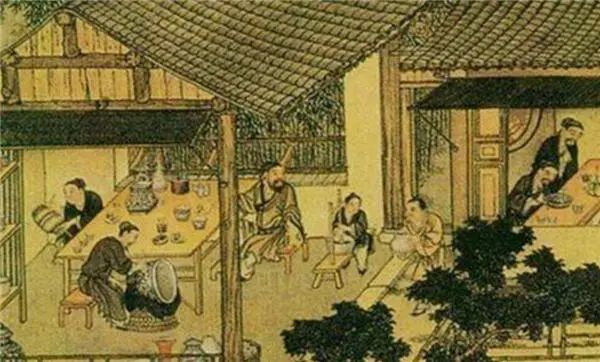
Formation - Tang Dynasty Tea Culture
In the Tang Dynasty, tea brought together the dual content of nature and culture, forming an art and officially forming tea culture. During this period, a large number of books related to tea were published, including "Cha Shu", "Jian Cha Shui Ji", "Sixteen Tang Pin", and so on. Due to its ability to help people lift their spirits and quench thirst, tea has been widely used in temples, including planting tea trees, formulating tea ceremonies, and setting up tea halls. At this time, tea culture is mainly reflected in palace tea culture, temple tea culture, and literati tea culture.

Prosperity - Tea Culture of the Song and Yuan Dynasties
In the Song Dynasty, China's tea industry had a great development, which also led to the development of tea culture and became a period of prosperity for tea culture. Many officials and literati have already formed tea tasting and discussion societies. Song Taizu Zhao Kuangyin was also a good tea maker. He set up a tea service mechanism in the palace, and the tea consumed in the palace has started to be graded. At the same time, rewarding tea has become a way to commend ministers. In folk life at that time, tea became an irreplaceable part: during migration, one should "offer tea"; When guests come, they should "offer tea"; When getting engaged, it's important to "drink tea"; When getting married, one should "order tea"; When sharing a room, it's important to "mix tea". However, during this period, the development of tea culture encountered bottlenecks. The tea industry flourished in the Song Dynasty, and tea culture gradually moved towards complexity and luxury. It lost its original integrity and elegance, as well as its original connotation, and gradually became a form of comparison and enjoyment among the nobility.
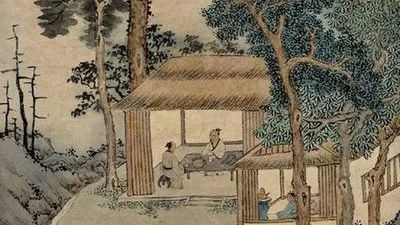
Popularization - Tea Culture in the Yuan, Ming, and Qing Dynasties
In the Yuan Dynasty, due to the large number of Mongols settling in the Central Plains, they widely used tea to meet their daily and physiological needs, and tea culture returned to its original simplicity and cleanliness. By the Ming and Qing dynasties, tea had already penetrated into people's lives. At this time, different types of tea production methods had emerged, including steaming, frying, baking, etc., and the methods of brewing tea were gradually increasing. More and more works related to tea have been passed down, such as Tang Bohu's "Tea Cooking Scroll" and "Tea Tasting Picture", Wen Zhengming's "Huishan Tea Party Record", "Lu Yu Tea Cooking Picture", and "Tea Tasting Picture". Tea culture is gradually on the right track and developing in a stable direction, gradually forming a broad, profound, and long-standing culture.
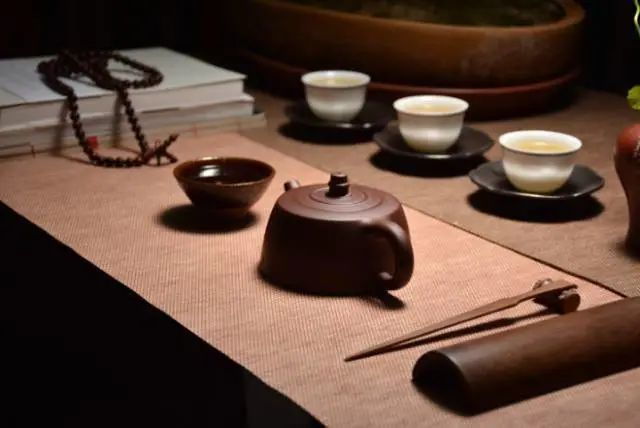
Development - Modern Tea Culture
Since the establishment of the People's Republic of China, China has become a treasure trove of tea in the world. Not only has a healthy tea culture formed in China, tea has entered thousands of households, and tasting tea has become a way of enjoying life; Tea has gone global and is loved by international friends, and Chinese tea culture has already spread throughout every corner of the world.


